HROT BY SPYTIHNĚV
The resurrection of the “boomer shooter” has hit the indie scene full force. Tired of linear corridor shooters with turret sections, developers of all shapes and sizes are embracing a return to the genre’s roots. We’ve already seen (and featured) plenty of homages to classics like DOOM and Blood. But what if you want something a little different?
Take a trip with me, won’t you, to somewhere even more brutal than Mars or demonic tombs: the Soviet Union.
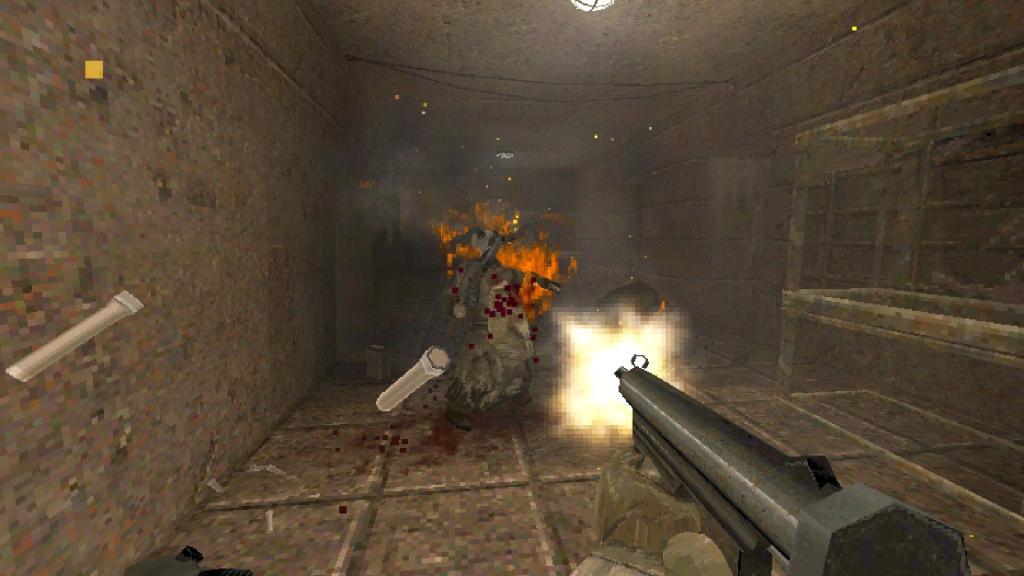
ENEMIES OF THE STATE
HROT (Czech for “prong” or “point”) comes courtesy of Czech solo developer Spytihněv, and after an extensive Early Access period, it has hit its 1.0 release with the full force of a hammer and sickle. On the surface it’s a standard ’90s-style first-person shooter: there are enemies to mow down, secrets to find, and an arsenal of gear to collect. However, it’s the artistic flair that sets this experience apart.
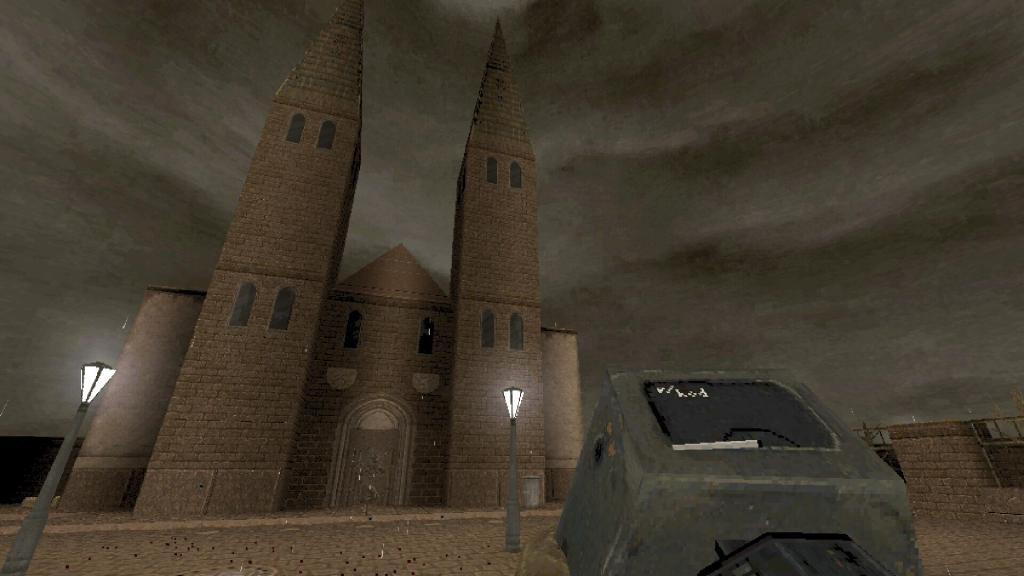
Set amidst a backdrop of Soviet Czechoslovakia in 1986, an unknown disaster has forced the populace into bunkers, paving the way for mysterious invaders to pour into the country. Your nameless protagonist has one job: eliminate them.
You accomplish this using a collection of weapons both familiar and unique. Standard fare like a pistol, a shotgun, and an SMG (all modeled after era-appropriate weaponry) soon gives way to more esoteric options like a crossbow or lightning gun. And, of course, your melee option is a hammer and sickle.
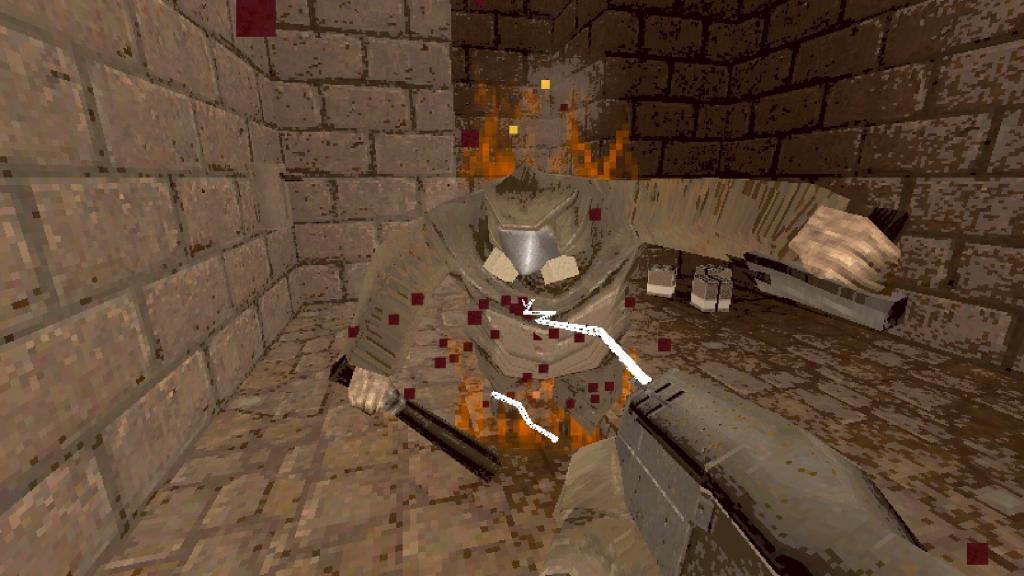
The combat in HROT, arguably a shooter’s most important feature, is simple but very effective. Your arsenal is satisfying to use (the grenade launcher has a particular “OOMPH” to it that I adore), and while the enemy variety starts out basic, it soon throws all sorts of supernatural surprises at you.
Level exploration is also a treat; they’re just maze-like enough to get lost in but never enough to impact the game’s pace. There are even mini-games and surprisingly funny secrets to find.
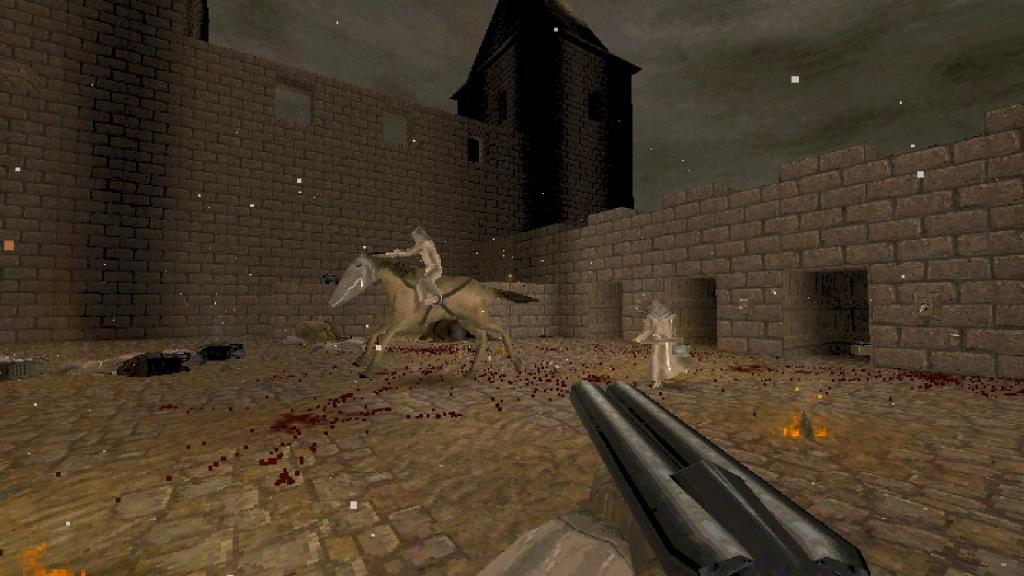
FUTILE STATE
Speaking of the levels, HROT’s true charm lies in its technical side. Built on a custom engine written in Pascal (seriously), the game recreates the look and feel of ’90s shooters flawlessly, right down to the texture wobble.
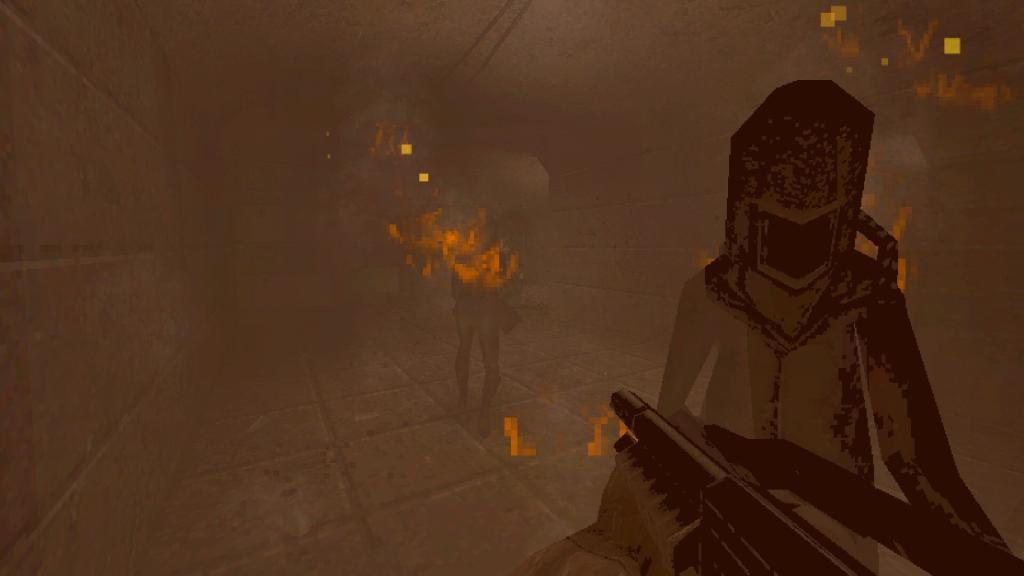
Not only that, but the levels evoke brutalist Soviet architecture to a degree that borders on uncanny. Inspired by real-world buildings and littered with real-world Soviet propaganda, the game’s series of bases, research stations, villages, and other locations paint a picture of an industrial nightmare. There’ve been complaints over the years about shooters getting too “brown and grey” in their presentation, but here it serves the atmosphere HROT creates tremendously.
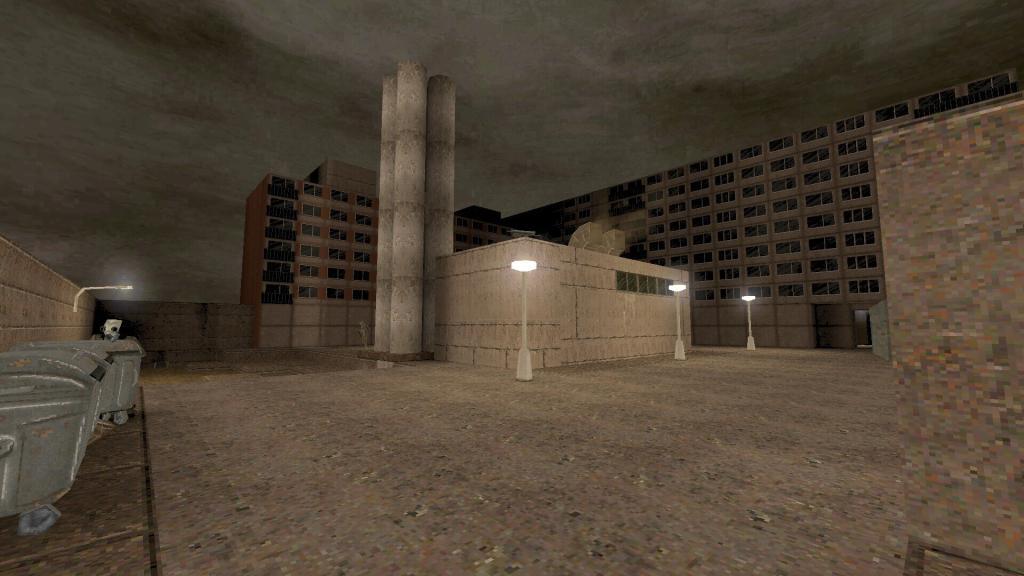
The music also contributes greatly to the atmosphere. Taking clear inspiration from Trent Reznor’s classic Quake score, it remains persistently moody and unsettling even during more action-packed sections.
HROT is a clear labor of love from a single developer. At the same time, it shows that perspectives outside of those usually found in gaming can inject new life into genres some may find tired. Enlist today, comrade.